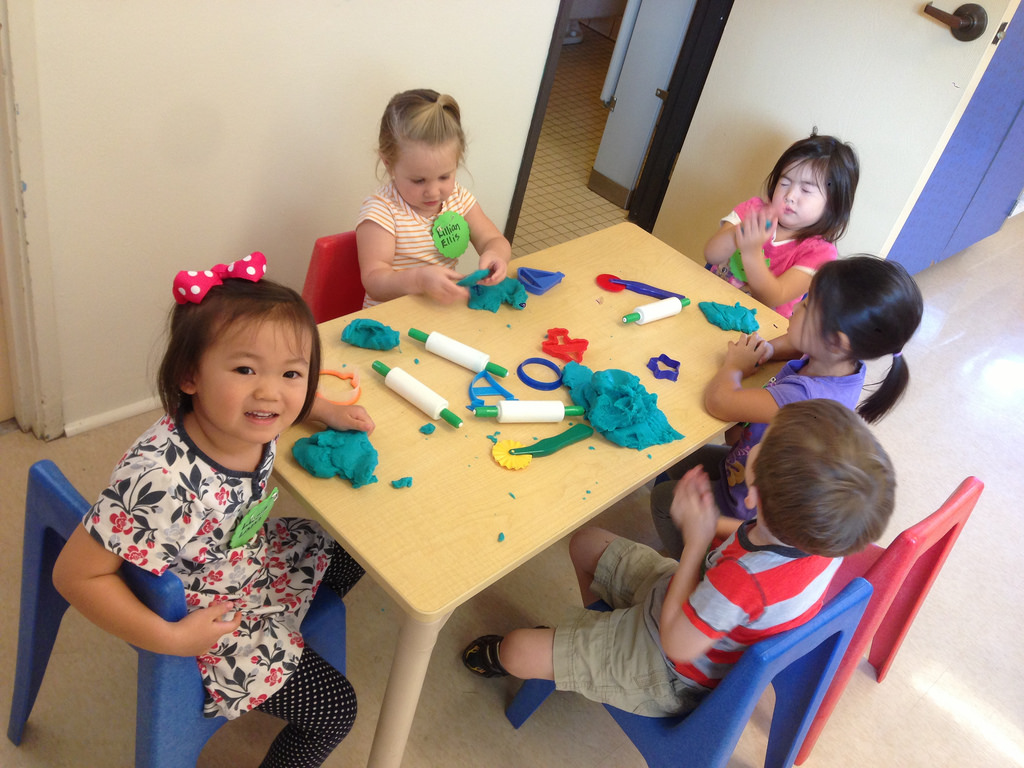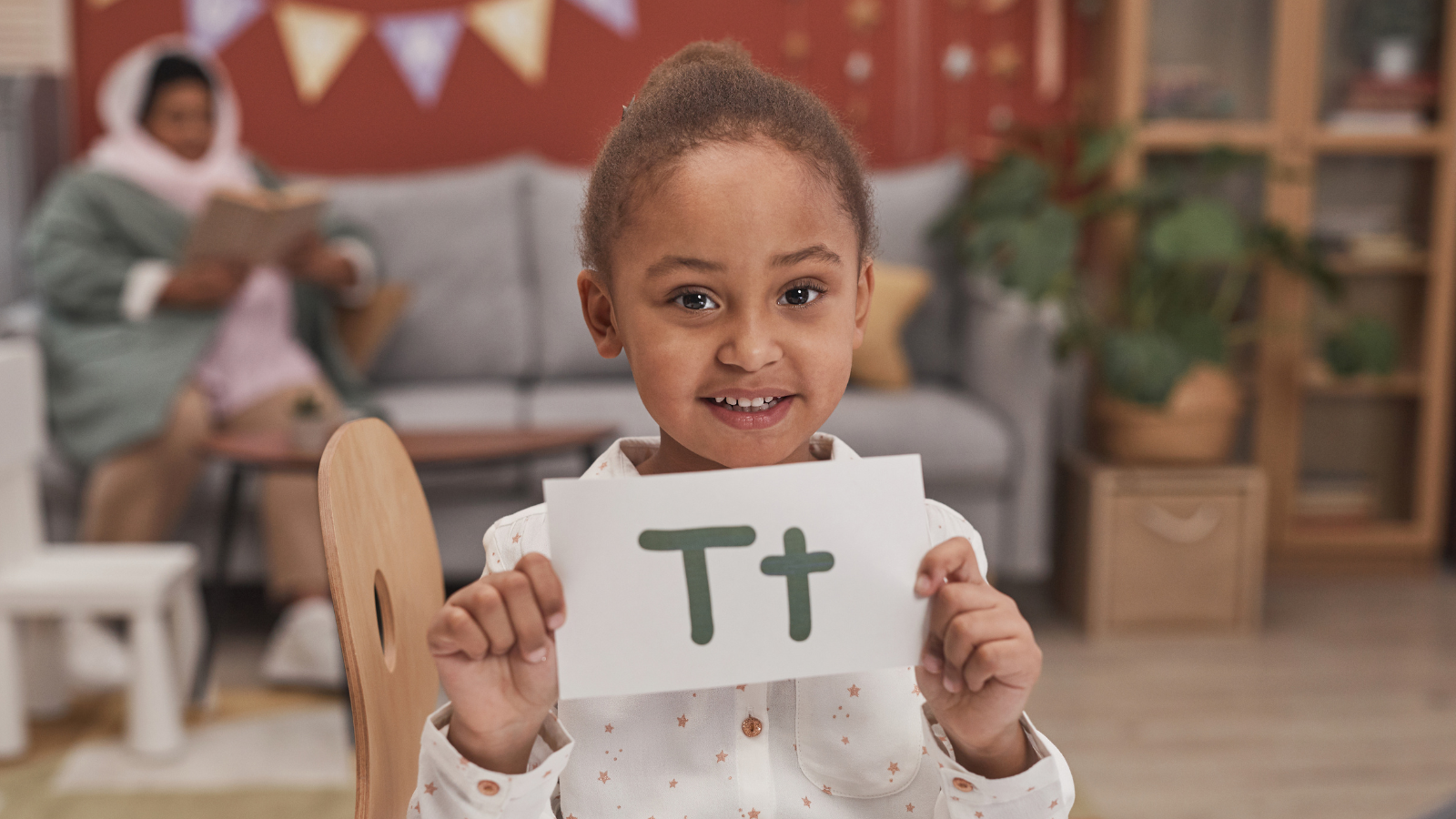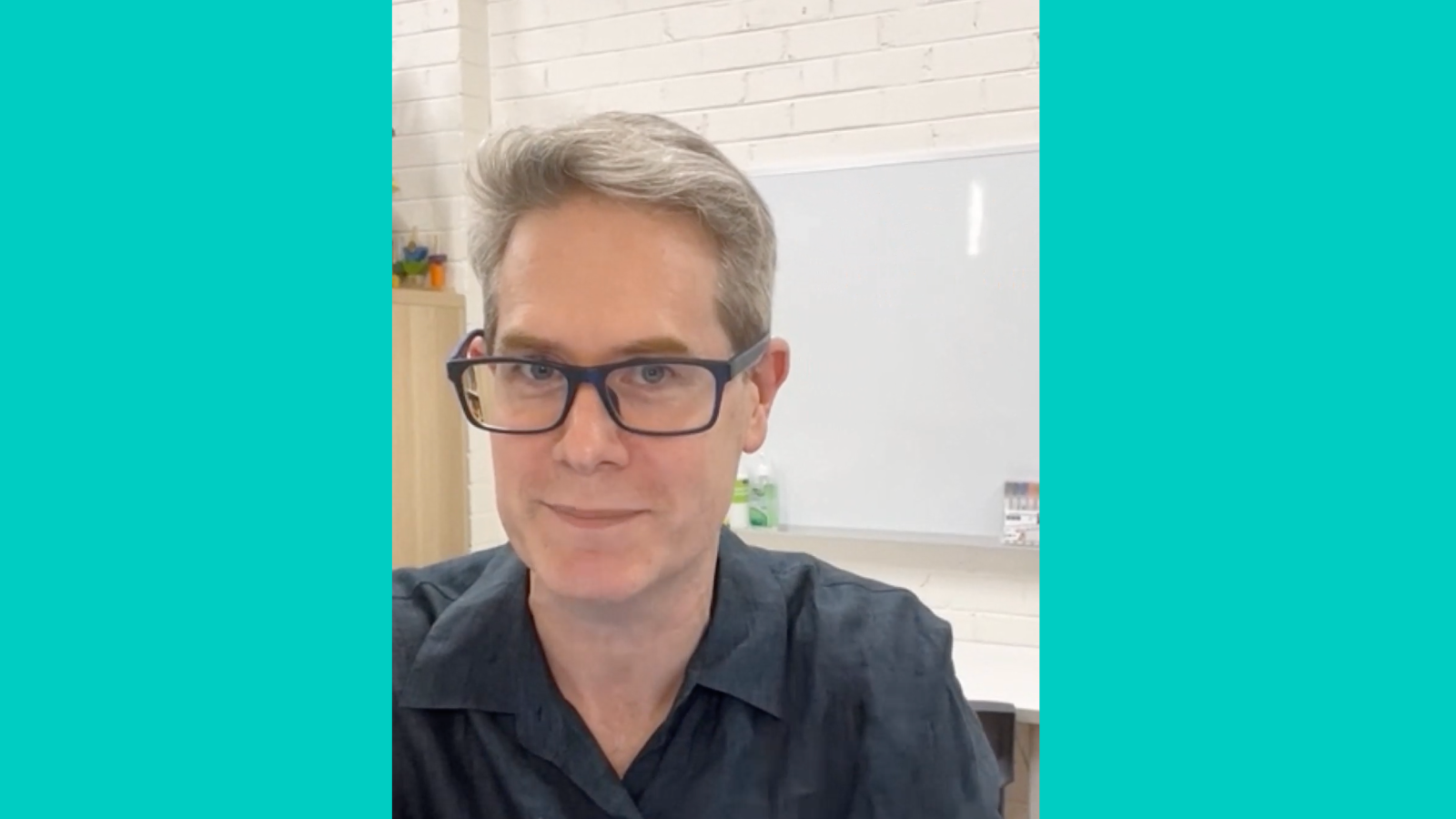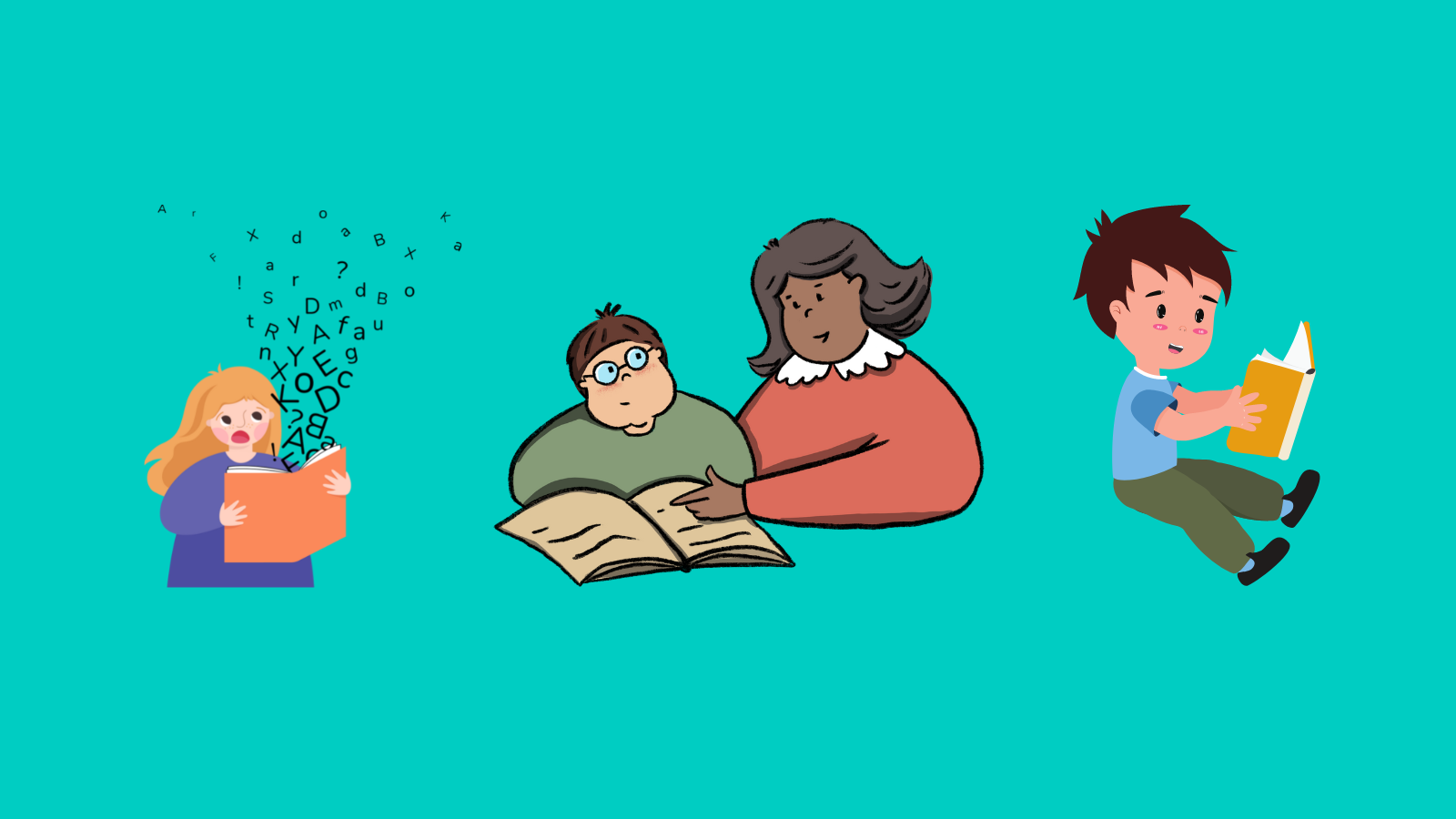How to treat speech sound disorders 2: The Complexity Approach – more bang for your buck?
The “complexity approach” for treating children with phonological speech disorders has a lot of peer-reviewed research evidence to support it. But one study showed only 8% of speech pathologists use it (Brumbaugh & Smit, 2013). There are lots of reasons why:
- Lack of knowledge: perhaps as many as 70% of speech pathologists aren’t familiar with it. Some speech pathologists have never heard of it.
- Lack of time: the Complexity Approach requires a very detailed, technical analysis of a child’s speech sound system to plan treatment.
- Limited assessment tools: traditional speech sound assessments don’t produce the type of results and the amount of information necessary to pull together a comprehensive treatment plan using the approach. Until very recently, few assessment Complexity Approach resources have been available to support busy speech pathologists.
- Heavy reliance on abstract concepts: You need to know a fair bit about phonetics and phonology to understand some of the treatment elements. Because of this theoretical complexity, the approach can be hard to explain to clients and their families.
- It’s hard for clients! In our clinical experience, kids need to be fairly resilient and willing to give the treatment a go, despite what can sometimes seem like impossible targets, especially in the beginning. We find less resilient kids usually do better with Cycles or targets based on a developmental approach, at least in the early stages of their treatment when we are still building rapport.
- It’s hard on speech pathologists! To do it properly, speech pathologists have to analyse and juggle four pieces of information, and then track them over time. This is hard for many of us (including me!) – especially when we are managing big caseloads with waiting lists.
Never give up, never surrender!
Confession time: we’ve attempted to use the Complexity Approach in our clinic a few times, but given up because of the various obstacles to getting it to work for our clients and their families. Despite all the barriers, we’re trying hard to re-introduce the approach because we are committed to evidence-based practice.
Fortunately, we’ve recently had a big morale boost from Professor Holly Storkel, who has produced some outstanding free resources to help us get the approach into our practice to help clients (see links below).
Here’s a summary of what the treatment involves:
1. Who developed the complexity approach?
Professor Judith Gierut and colleagues at Indiana University (e.g. Gierut, 1999, 2001, 2007; and Gierut & Hulse, 2010).
2. Who is it for?
Children aged 3-6 years:
- with very low scores on standardised speech assessments (i.e. below the 5th-6th percentile); and
- who are missing at least 5 speech sounds from their phonemic inventories.
3. What are its goals?
Children who benefit from this approach start from a long way behind most other children the same age. The goal of the Complexity Approach is to produce “system wide change” to children’s speech to make them easier to understand and to close the gap with typically developing children as quickly as possible.
4. How does it work?
Right. Strap yourself in!
To make system-wide changes, speech pathologists using the Complexity Approach try to choose speech sound targets that will give kids the “biggest bang for their buck”. The challenge with this approach is choosing the right speech sounds to target. To do this, speech pathologists think about four key things:
- Typical development of speech sounds. We need to know the age when most children can say a speech sound, and the order in which they learn different consonant sounds. For example, most toddlers can say the /b/ sound. But many 5-year-olds still struggle with /r/ and voiceless and voiced “th” sounds (as in “bath” and “bathe”). You can read more about typical consonant acquisition here.
2. So-called “Implicational Universals“. This sounds pretty academic, right? But stay with me! These ‘universals’ are simply patterns observed with speech sound systems around the world and the sounds they contain. Some consonant sounds are more complex than others. For example:
- Long, “hissy” sounds called “fricatives” (like /f/ and /s/) are more complex than short “stops” like /p/ and /t/. What this means is that, usually, if a speech system includes fricatives like /f/ or /s/, it also includes stops, like /p/ or /t/. In other words, having fricatives in a system implies the system includes at least some stops (or the capacity to produce them).
- “Affricate” consonants made up of a stop and a fricative like “j” or “ch” are more complex than fricatives like /f/ or /s/.
- Semi-vowel ‘liquid’ and glide sounds like /l/ and /r/ are more complex than sounds made through your nose, like /n/.
- ‘True consonant clusters’ like /pl/, /sw/ and /fr/ are more complex than affricates like “j” or “ch”.
- So-called “small-sonority-difference clusters” like /sm/, /sn/ and /mj/ (as is “music”) are more complex than “large-sonority-difference clusters” like /tw/, /kw/ and /pl/*.
- True consonant clusters (like /tw/, /pl/, /br/, and /fl/) are more complex than so-called “adjunct clusters” like /sp/, /st/ and /sk/.
- Three sound clusters (like /spl/, /skw/ and /spr/) are more complex than two sound clusters (like /sl/ and /pr/).
3. Sounds the child with the speech sound problem “knows”. Phonological “knowledge” has a technical academic meaning well beyond the scope of this summary. In practical terms, what most clinical speech pathologists look at here is how accurately the child can say a given speech sound in different word positions (beginning, middle, and/or end of words), different tasks (e.g. on its own, in words, sentences, and in conversation), with different people (e.g. parents, speech pathologist, preschool educators) and in different places (e.g. home, clinic, preschool, play dates). Some kids can say a sound correctly on its own, or in a few words, or in one word position, or inconsistently. So-called “least-knowledge” targets are those speech sounds with no or very few correct productions. So-called “most-knowledge” targets are sounds the child can say accurately, at least about 20-40% of the time at word level. (Obviously, you wouldn’t target sounds the child could say accurately 100% of the time.)
4. Sounds for which the child with the speech sound problem is “stimulable”. Again “stimulability” has a technical meaning beyond the scope of this summary. In practical terms, speech pathologists choose speech sounds the child hasn’t yet learned or acquired and then try to encourage or stimulate the child to produce the sound by giving the child lots of models containing the sound to copy (sometimes with tips about how to make the sound). For example, if testing to see if /l/ were stimulable, you could ask the child to imitate you saying: l, li, ili, il, la, ala, al, lu, ulu and ul (e.g. Miccio, 2002; Storkel, 2018).
5. What on earth does all this stuff mean in practice?
When using the Complexity Approach, speech pathologists should prioritise speech sound targets that:
- are late-acquired developmentally;
- are complex/marked (e.g. targeting fricatives rather than stops, true clusters rather single sounds, clusters with low sonority differences, rather than high (or negative) sonority differences*);
- the child doesn’t know/cannot yet produce accurately; and
- the child is not yet stimulable for.
Again, the goal is to produce big, system-wide changes as quickly as possible.
6. Do all speech sound experts support the complexity approach?
No. For example:
- Professor Susan Rvachew and colleagues have published results that – at least on first reading – seem to contradict Professor Gierut’s findings (e.g. Rvachew & Nowak, 2011). For example, Rvachew and colleagues found that treating early-developing sounds that children can sometimes say correctly in some positions results in faster progress on the specific targets than treating later developing sounds that the child can’t say (although the gains do not transfer as much to other sounds, compared to complex targets);
- as with our experiences to date, many speech pathologists working in busy clinics find the treatment hard to implement “in the real world” for all the reasons set out above; and
- clinically, some clients (and their families) find the Complexity Approach to treatment baffling, gruelling, and not very rewarding. I can’t fault them for this because it’s often true!
7. What happens in the therapy sessions?
Here’s the funny thing. Although it can take a long time to identify the right targets during the management planning stage, actual treatment sessions based on the Complexity Approach look a lot like many other phonological interventions – it’s just that the targets are more challenging.
For example, we might assess a five-year-old boy, Danny, and discover that his speech sound system is very limited, and contains no word initial consonant clusters (e.g. /sw/ or /bl/ words) or initial affricates (like “ch” or “j”). He can say /b/, /w/ and /f/ in word initial position. Choosing aggressive targets – say /sw/ words and word starting with “ch” and “j”, you could:
- do minimal pairs/near minimal pairs: get Danny to contrast /sw/ words with very similar words starting with a sound he knows, e.g. “sweet” v “wheat”, or “cheat” v “feet”, or “jam” v “bam”; and/or
- do an “empty set”: get Danny to contrast two sounds he can’t yet produce, e.g. /sw/ words versus words starting with /bl/ (e.g. “sweet” v “bleat”); or to contrast words starting with “j” with words starting with “ch” (e.g. “cheap” v “jeep”); and/or
- drill the target sound in words and sentences, in a similar to Cycles.
We also plan to add auditory bombardment and auditory discrimination tasks, the former borrowed from Cycles.
8. How long does it take?
This depends on the child, the child’s speech system, the targets, and the amount of in clinic treatment and home practice. As a general rule, the more repetitions we can squeeze into our sessions and during homework, the better. For this reason, based on our positive experience with the Cycles Approach, we think focusing on one target only per session would help maximise treatment intensity in the clinic, although theoretically you can go after multiple targets per session.
As you would expect, treatment targeting complex sounds seems to take longer than when targeting earlier developing sounds. But, in theory at least, the gains are more likely to “transfer” to other, less complex sounds. For example, working on /sw/ words may transfer to /s/ initial and /w/ initial words, as well as other clusters. This results in system-wide phonological change: the goal of the treatment.
9. Does it work?
As far as phonological treatments go, the Complexity Approach has a fairly strong research evidence base (e.g. Baker & McLeod, 2011). But we don’t yet have much clinical evidence showing it actually working in the real world.
10. Are assessment and target selection resources available to help clinicians to try the Complexity Approach out in the real world?
Yes! Professor Holly Storkel has recently published a terrific tutorial for clinicians (see citation below):
- summarising the treatment and its research base;
- providing free, Creative Commons Attribution-NonCommercial licensed resources to help speech pathologists assess children, select targets and predict gains; and
- working through three realistic case studies to help clinicians apply the resources in practice. (We’re using the case studies at present to train our speech pathologists.)
Finally, sincere thanks from some grateful speech pathologists
We’re very encouraged (and thankful) to Professor Storkel for publishing her tutorial, which removes at least some of the barriers to using the approach in our clinic. Thank you!
Related articles:
- Lifting the lid on speech therapy: how we assess and treat children with unclear speech – and why
- How to treat speech sound problems 1: the Cycles Approach
- How to treat speech sound disorders 3: the Contrastive Approach – Minimal and Maximal Pairs
- Important update: In what order and at what age should my child learn to say his/her consonants? FAQ:
- FAQ: 10 common speech error patterns seen in children of 3-5 years of age – and when you should be concerned
- How to use principles of motor learning to improve your speech
Principal source: Storkel, H.L. (2018). The Complexity Approach to Phonological Treatment: How to Select Treatment Targets. Language, Speech, and Hearing Services in Schools, 49, 463-481.
Professor Storkel’s free assessment and target selection resources (note the license terms).
* Sonority is hard to explain simply, and is probably a good topic for another day! Sonority refers to a sound’s resonance – like when my kids (in my dreams) tell me I have a sonorous voice. Sonority generally rises at the start of a syllable, peaks at the vowel, and then falls at the end, e.g. in the word “bat”. Voiceless stops and affricates like /t/ and “ch” have low sonority. Nasals, liquids and glides like /n/, /l/ and /r/ have high sonority. The sonority difference (also known as “distance”) between two consecutive speech sounds can be calculated by giving each consonant type an arbitrary sonority ranking, with very sonorous sounds like /r/ getting a low score, and consonants with very little sonority like /t/ getting a high score. In word initial clusters (as in ‘train’), you generally expect a positive difference between the two consonants in the cluster. For the purposes of understanding the complexity approach, word initial clusters with large sonority differences (as in /tr/) are seen as less complex/marked than clusters with a small sonority differences (e.g. /sm/) or negative differences (e.g. /sp/).
Image: https://tinyurl.com/y99hhfc4

Hi there, I’m David Kinnane.
Principal Speech Pathologist, Banter Speech & Language
Our talented team of certified practising speech pathologists provide unhurried, personalised and evidence-based speech pathology care to children and adults in the Inner West of Sydney and beyond, both in our clinic and via telehealth.








